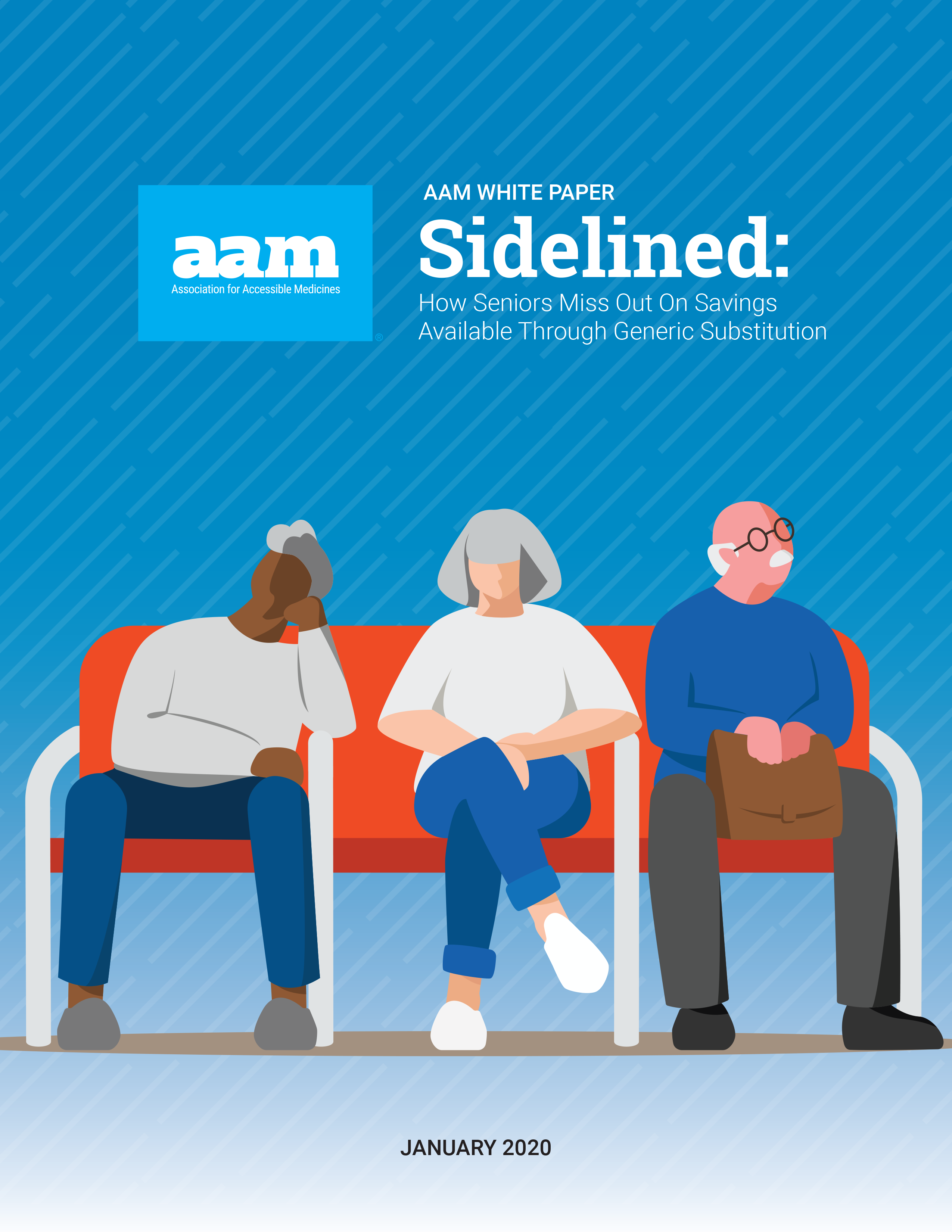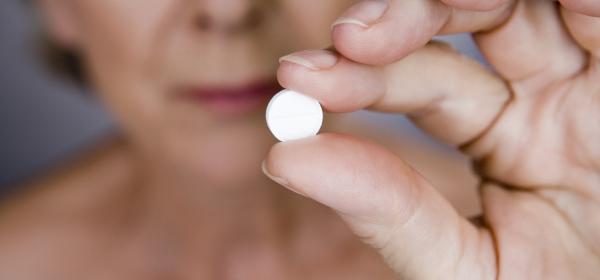Generic medicines are an integral component of America’s pharmaceutical care system, driving substantial savings to patients and public programs. Even as spending on prescription drugs continues to rise in public programs, the use of generic medicines has blunted increasing brand drug prices, generating savings of $293 billion in 2018 alone. In fact, the average price of generic drugs covered under Medicare Part D in 2017 was only 26% of their average price in 2006. Conversely, brand drug prices have increased by 224% over the same time period. In the last 10 years, generic medicines have saved nearly $2 trillion for America’s patients, health system payers and taxpayers.
However, a new analysis conducted by consulting firm Avalere Health reveals substantial gaps in generic substitution for seniors participating in Medicare. Today, some Medicare Part D plans are less likely to substitute generics for expensive brands, and Medicare plans’ overall rates of generic substitution are less than that of the commercial market.1,2,3
The analysis found that:
- Almost half of Part D plans have substitution rates of 75% or less;
- Almost a quarter of beneficiaries are in Part D plans with generic substitution rates of 80% or less;
- Over half of first generics – 64% – have substitution rates of 80% or less;
- Expensive brand drugs with generic alternatives do not face robust generic substitution; and
- Generic substitution rates decrease as the cost of the brand drug increases.
These findings highlight the need to ensure that Medicare policies are aligned to ensure seniors’ access to generic products. The findings show significant opportunities in Medicare to increase the utilization of generics, saving money for patients and taxpayers.
Sick of paying outrageous prices for your prescription medicines? Send a message to your lawmakers to tell them, “This Doesn’t Add Up.”
1. Avalere. (January 2020). Avalere Analysis Finds Variation in Generic Substitution Rates Among Part D Plans.
2. U.S. Office of Personnel Management (March 2019). FEHB Program Carrier Letter. Link.
3. Utilization Review Accreditation Commission. (December 2018). URAC Pharmacy Benefit Management Performance Measurement, Aggregate Summary Performance Report. Link.



